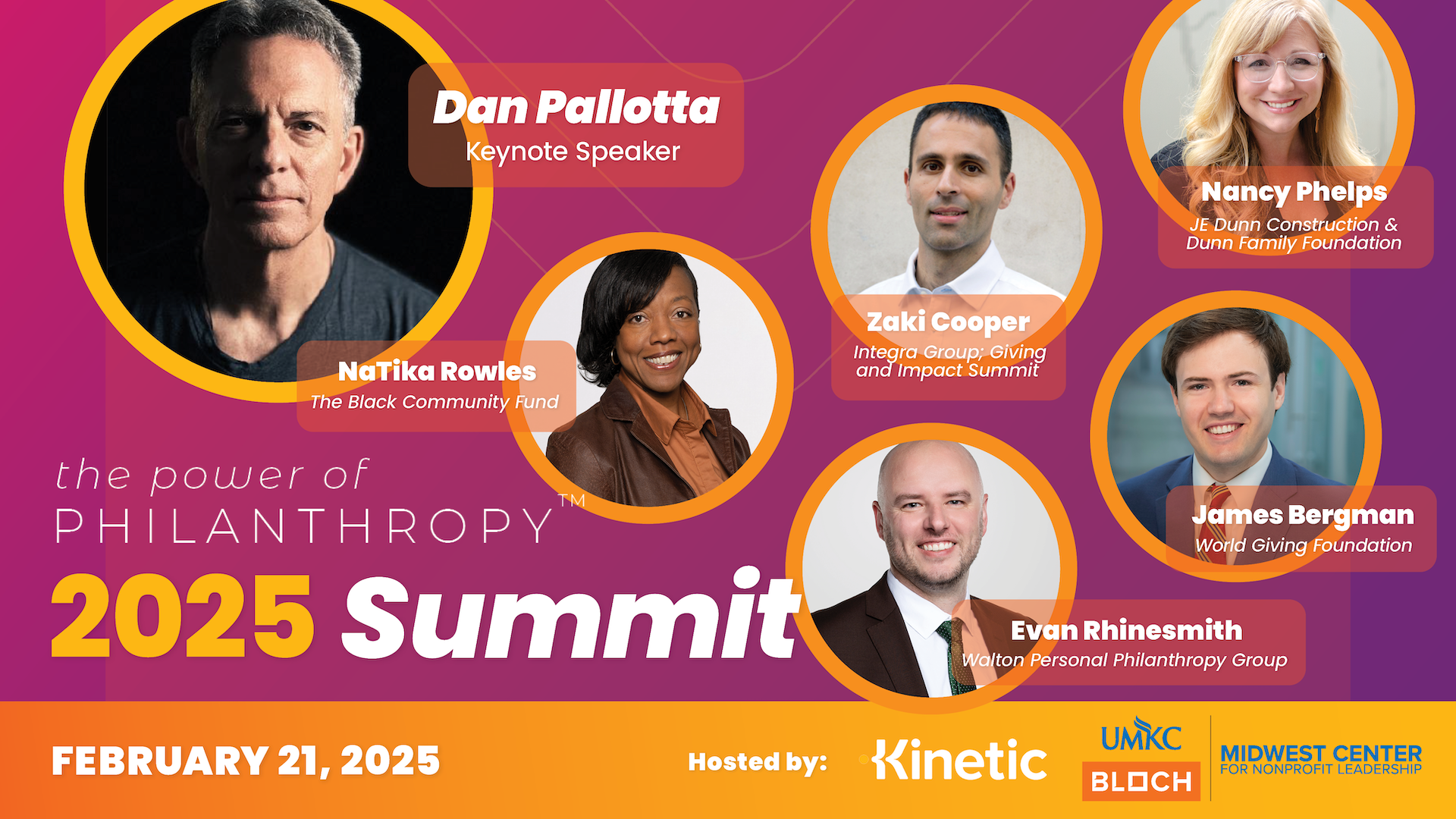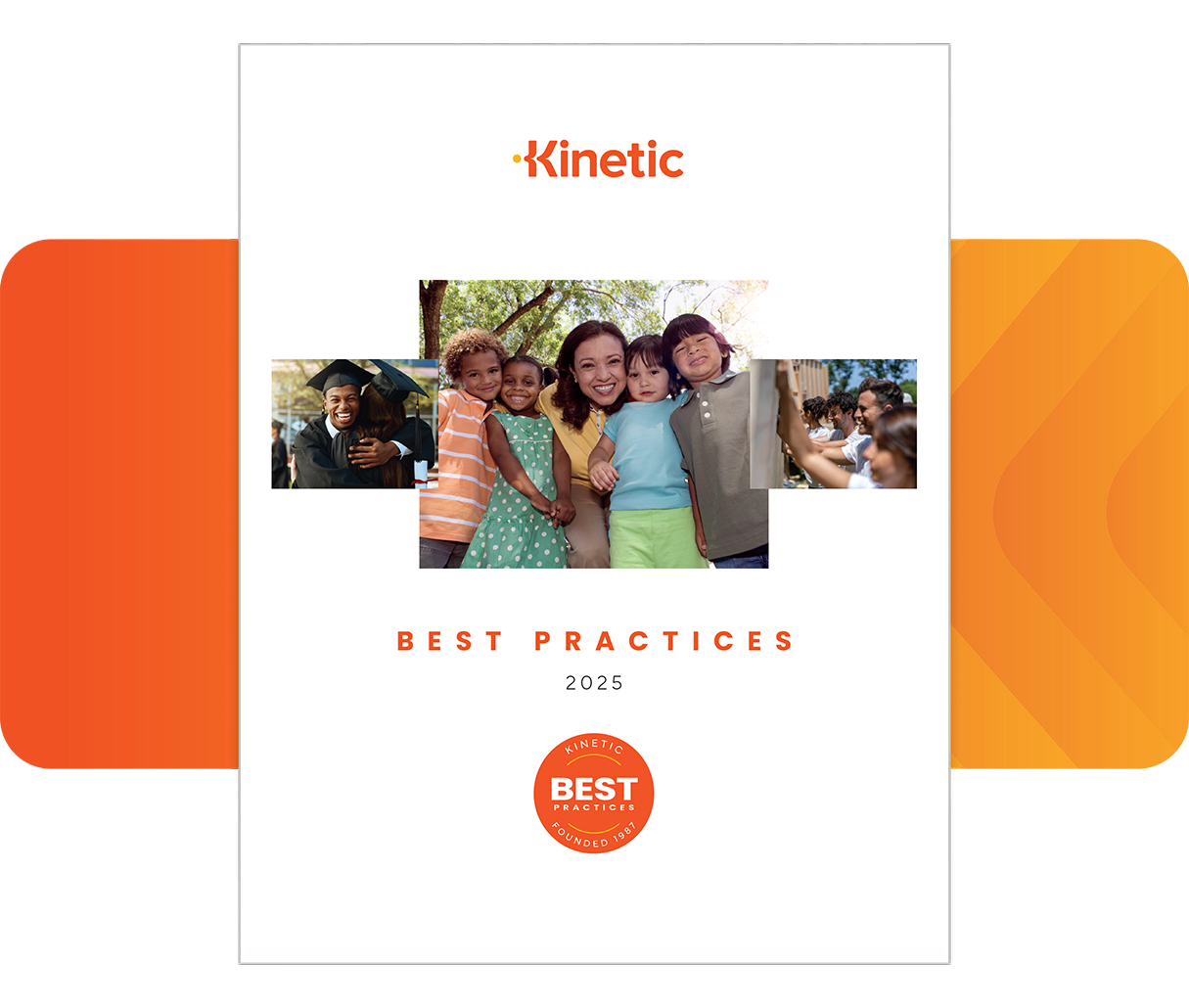Strategies for Success
Preparing One-of-a-kind Proposals
November 4, 2024

Effective proposals should not look alike. Each proposal is designated for a unique funding prospect and specific project. Therefore, each proposal should be developed as if it were the only one of its kind.
Here are strategies to help keep your perspective fresh as you create the next, one-of-a-kind proposal … and the next and the next:
Get to know your audience as individuals.
In the same way fundraisers know to treat donors as unique individuals and not ATMs, become familiar with the proposal grant makers. Start by considering their mission, not yours. What’s important to them? What’s their history, their motivation, their goals for making an impact. As you review their previous recipients, look for trends and commonalities. Pour through their website, notice what others may miss, and make genuine connections between their goals and objectives and your projects.
Learn their language and logistics.
Most organizations have their own culture and associated vocabulary. There may be key words and phrases that mean more to one organization than other. Don’t just echo the words. Consider what they mean to convey through those words, translate that into genuine emotion and, then, package your proposal from that vantage point. But just as important as utilizing intuition sincerely, follow their logistical guidelines to the letter. If they request to see your nonprofit’s financials in a particular format, take the time to restructure yours. If you need assistance, ask questions. Don’t let doubt or time constraints cause you to default to “doing it the way we always do.”
Speak to the heart, and don’t miss the deadline.
Creating an effective proposal requires a contrast of skill sets: passion and precision. Having read through your proposal, a foundation representative should be of no doubt that, “They get us.” Too many times we can get so excited about what we value and the importance of our project that we fail to highlight the donor’s interests and objectives.
Use your proposals to show how valuable the prospect is to you. Show them that what they want to accomplish matters to you. Ultimately, demonstrate that by combining forces, “We will both accomplish more than either of us could by working independently.”
Share This Story




